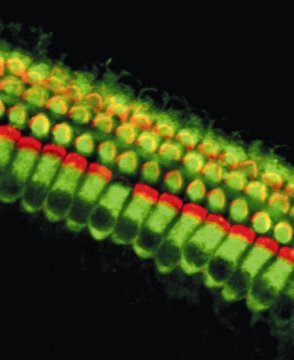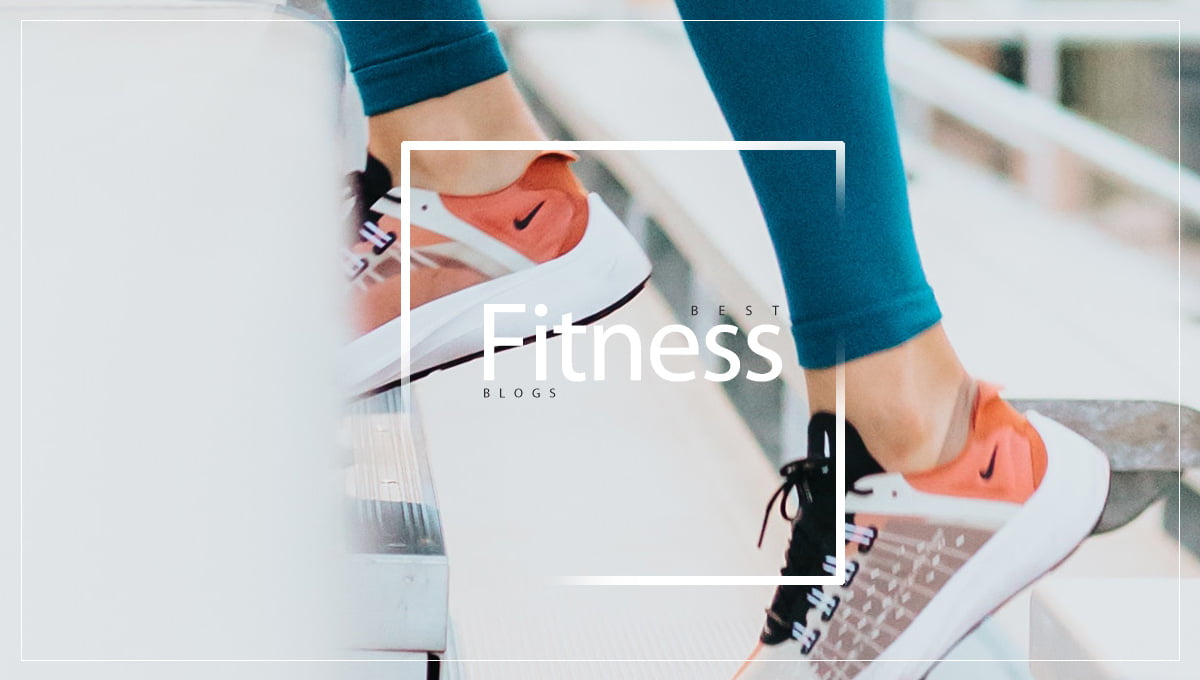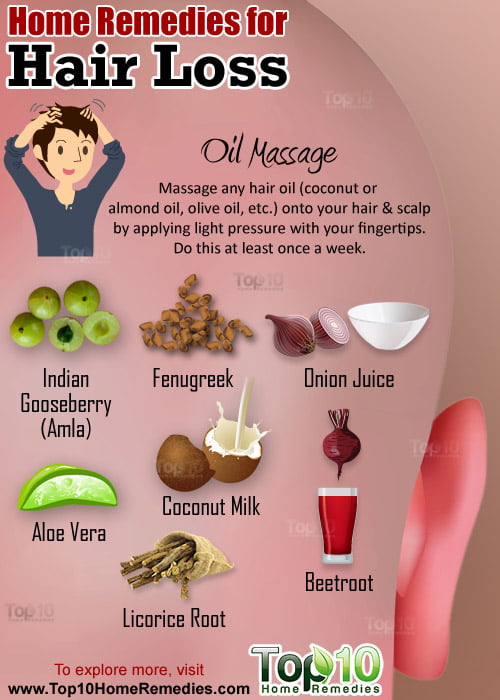Make the best use of your limited workout time with our top 10 exercises – they target key muscle groups and get results!

The body parts covered in this exercise guide include the Chest, Glutes, Abs, Back, Hamstrings, Upper arms, Thighs, Waist, Hips and Shoulders.
Best for chest exercise: the push-up exercise
The push-up wins hands down (if you’ll excuse the pun!). While the bench press is a great alternative, most of us don’t lift as much weight in the bench press as we do in the push-up. In one study, researchers found that 66.4 per cent of total body weight is lifted in a full push-up. So if you weigh, say, 65kg, that means you’ll be lifting 43kg, which is probably more than you would normally attempt in a bench press. Also, you will get added challenge for the core stabilizers in the face-down position of a push-up. A quick research fact for you: Truman State University found no difference between dumbbell or barbell chest press efficacy, but recorded less muscle activity in the major chest muscles in a pec fly exercise.
Best alternative exercise: bench press.
Best exercise for glutes: the squat
You are spoilt for choice when it comes to exercises that work the glutes (i.e. your buttocks) – but according to research by the American Council on Exercise, the squat always wins out. The research recorded that the most muscle activity in the gluteus maximus – the main muscle of the glutes – occurred during squats, but only when testers went to 90 degrees or lower. This is because the deeper a squat is, the more muscle fibers it fires in the gluteus maximus. However, when you’re doing squats you should only go as low as you can comfortably – and you should also start with light weights.
Best alternative exercise: The ACE study also found remarkably high muscle activation in the glutes in an aerobics class favourite, the quadruped. This is the exercise where you start on all fours and then raise one leg, keeping the knee bent, so that the lower leg points directly up at the ceiling.
Best exercise for abs: the bicycle maneuver
Those nice folk at ACE got together with San Diego State University to put ab exercises under the spotlight. Their combined study compared an array of popular tummy-trimming moves – including crunches, reverse crunches and the plank – and the results were surprising, given that many exercise classes devote the entire ab section to crunch-type moves. The results showed that the most muscle activity in the obliques and rectus abodminis – i.e. the six-pack and the muscles of the waist – occurred during the bicycle maneuver, in which a person extends each leg alternately and twists the opposite shoulder towards the knee as the leg comes back in.
Best alternative exercise: Crunch on a stability ball. This is far more effective than any floor-based crunch or curl exercise.
Best exercise for the back: the lateral pull-down
Research in the Journal of Strength and Conditioning Research found that a ‘wide overhand grip’ lateral pull-down was the best exercise to do to get a stronger, shapelier back. And if you’re wondering about the ‘behind the head’ or ‘to the chest’ quandary, bear in mind that the fibers of the lats (muscles in the back) run obliquely – not straight down – so bringing the bar to the chest follows the line of pull more directly.
Best alternative exercise: ‘Single arm bent over’ row with dumbbell.
Best exercise for hamstrings: the step-up, quadruped or ball curl
The ACE study that assessed glute activation also looked at hamstrings, and found that the best moves for hamstrings were step-ups and quadrupeds. However, to improve this set of muscles you could also try a ball curl – which will hone in on your hamstrings in addition to challenging your core stabilizers. To do this, put your feet on a Swiss ball, dig your heels in, lift your body off the floor, and form a straight line from your shoulders to your feet. Then roll the ball towards your buttocks by bending your knees. Pause, then roll out again, and repeat this action until you reach fatigue.
Best alternative exercise: deadlift with straight legs.
Best exercise for upper arms: the triceps kickback
When it comes to upper arms, most people think immediately about the biceps (the ‘Popeye’ muscle!), which runs along the front of the arm. But actually, the triceps is a much bigger muscle, and working it will make the overall appearance of the arm firmer, tighter and bigger. One of the best exercises to do to improve this muscle is the triceps dip – but since using the perfect technique in the dip is so crucial in order to protect the shoulder joints, try the triceps kickback instead, where you can’t really go wrong! To do this exercise, stand side-on to a support with the closest knee and hand on the support. Take a dumbbell in the other hand and bring your bent elbow up to your side. This is the start position. Now straighten the arm, taking the dumbbell up behind you, but keeping the upper arm ‘glued’ to your side. Use the heaviest weight you can, while maintaining good technique, as research found that the medial head of the triceps did most of the work – rather than the whole muscle – when only light weights were used.
Best alternative exercise: Dips. If you decide to do these, get some advice on good technique beforehand.

Best exercise for thighs: the squat or lunge
The exercise that comes out best for thighs in most studies is the squat – and your thighs will be doing more work if you don’t squat very deep. However, to add some variety to your program, and to work each thigh independently (to prevent imbalances), lunges come a close second. Take your lunges to the front, rather than the rear, for maximum thigh involvement.
Best exercise alternative: The step-up.
Best for waist: the side bridge
You often see people in the gym doing side bends with a dumbbell to tone up the waist area. But this exercise will actually shorten the obliques – effectively contributing towards you losing your waist! To tighten the muscles and reduce your risk of back pain, try the side bridge instead. Lie on your side with knees and hips stacked – the top leg directly over the bottom one – and your weight resting on the lower elbow. Bend the bottom leg to a right angle at the knee while keeping the hips on top of one another. Then lift your body up so that your weight is supported by the lower part of the bottom leg and the elbow only. Consciously draw the side of your waist that is closest to the floor up towards the center of your body. Don’t let your bottom stick out, and keep your abdominals contracted.
Best alternative exercise: Sideways sit-ups using a Swiss ball.
Best exercise for hips: the single-leg squat
Here’s an exercise that might not be in your usual repertoire! Research at San Diego State University found that the single-leg squat was the move that most challenged the gluteus medius, or the muscle in the hip. To do this, stand on one leg and extend your floating leg slightly in front. Then bend your supporting leg, ensuring your knee comes over your toe and doesn’t roll in. It’s okay for your torso to hinge forward a little – but don’t even think of doing the exercise with a weight!
Best alternative exercise: Side-lying leg raises.
Best for shoulders exercise: the lateral shoulder raise
The shoulder muscle (the deltoids) consists of three heads: medial, anterior and posterior. The posterior part of the muscle assists in exercises such as the seated row and reverse fly, while the anterior portion is active virtually every time the chest muscles are working (such as in push-ups and bench pressing). But the area that you need to target specifically is the medial head. To do this, try the lateral shoulder raise. Stand with a dumbbell in each hand and lean forward 10 to 20 inches from the hips. Press your arms out to the side with your elbows slightly bent, leading with the little fingers, and stop at 90 degrees. Note that although you are directly engaging the medial head, the anterior and posterior heads will also contribute to this move.
Best alternative exercise: Overhead press.
Doing what’s best for your body
By doing the best exercises for each part of your body, as described here, you will be more likely to improve your major muscle groups. However, you should remember that variety is key when it comes to resistance training – so make sure you always do a variety of exercises for each part of your body, and exercise a number of different parts of your body rather than focus on one particular part all the time.
[source;Realbuzz]




















